
It is a well-known fact that plants are able to communicate with each other and their environment through complex networks like the mycorrhizal network, which connects plant roots via fungi. This network allows plants to share nutrients and information. However, a recent study suggests that plants may not be as friendly to each other as previously thought, which questions the idea of altruism among plants.
The Concept Of Plant Altruism

The idea that plants might warn each other of threats, such as herbivore attacks, has been a topic of interest for a long time. This behavior seems altruistic, as it would benefit neighboring plants without providing a direct advantage to the signaling plant. However, this altruism is puzzling from an evolutionary perspective because plants compete for resources like sunlight and nutrients.
The Study’s Findings

A new study published in the journal Proceedings of the National Academy of Sciences, also known as PNAS, used mathematical models to analyze the evolutionary plausibility of plants acting altruistically. The researchers found that it is unlikely for plants to evolve mechanisms to warn each other of attacks. Instead, plants will likely “eavesdrop” on their neighbors or even deceive them by signaling false threats.
Deception In Plant Communication
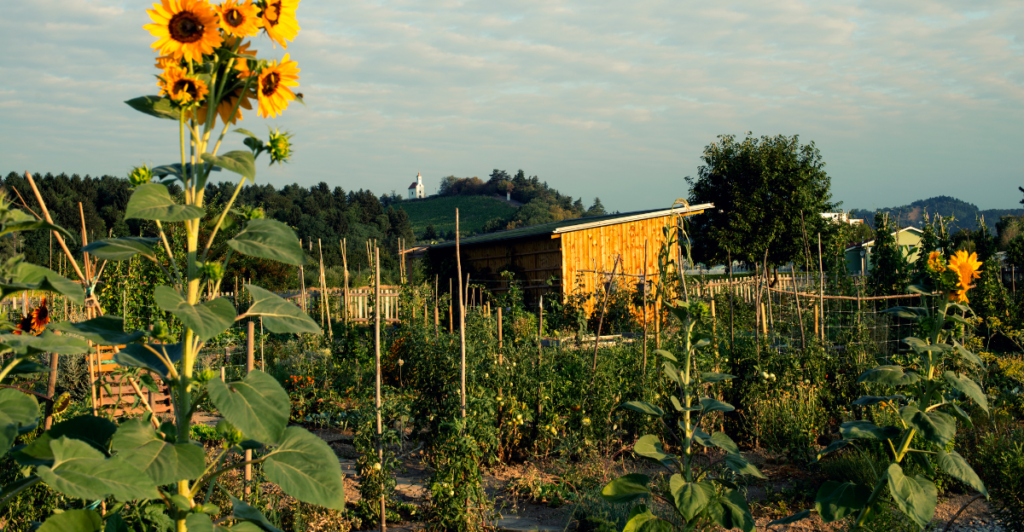
The study reveals that plants can gain an evolutionary advantage by sending false signals. For example, a plant might signal that it is under attack even if it is not, which tricks its neighbors into investing in costly defense mechanisms. This deception harms the neighboring plants by wasting their resources, which would usually be used for growth and reproduction.
Evolutionary Advantages Of Deception

This allows plants to gain a competitive edge over their neighbors. It uses these signals to trick the other plants into wasting their resources on unnecessary defenses, which means that the deceptive plant can secure more sunlight, water, and nutrients for itself. This strategy aligns with the competitive nature of plant communities.
The Role Of Mycorrhizal Networks
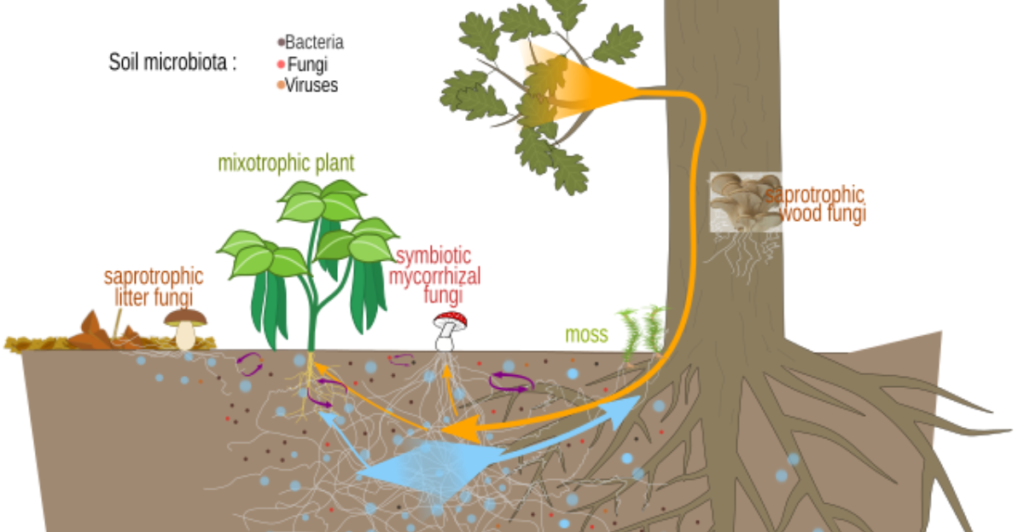
Mycorrhizal networks play a very important role in plant communication. These networks allow plants to share nutrients and information, but they also facilitate eavesdropping and deception. The fungi in these networks can monitor plant health and potentially warn other plants of threats, but this does not necessarily imply altruism among plants.
Alternative Explanations For Plant Defense

The study suggests two alternative explanations for why nearby plants increase their defenses when one is under attack. One explanation is that plants might involuntarily release signals that other plants can detect, similar to how humans blush when they’re embarrassed. Second, fungi in the mycorrhizal network might detect attacks and warn other plants to protect their own interests.
Fungal Involvement In Warning Signals
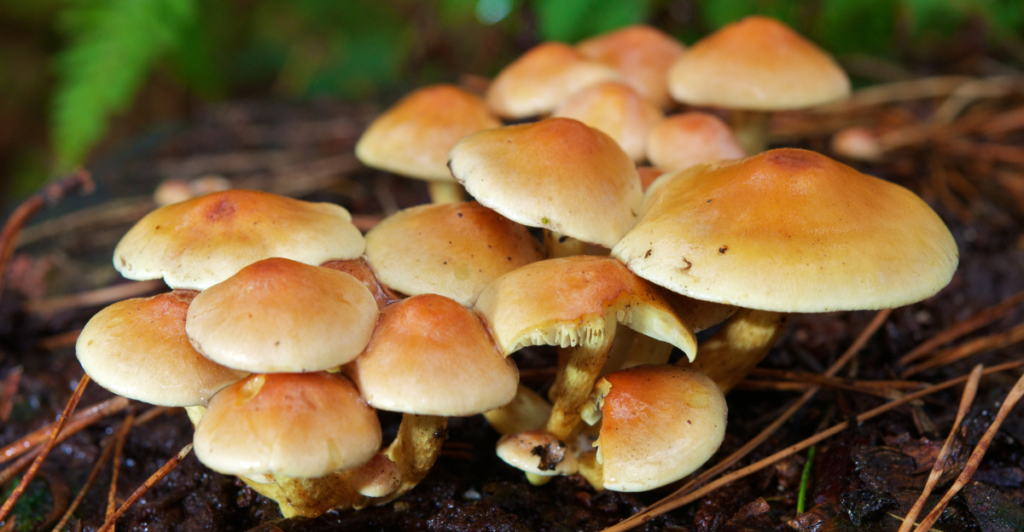
The idea that fungi might be responsible for warning signals is fascinating. Since fungi rely on plants for carbohydrates, it is in their best interest to protect all plants in their network. This could explain why plants seem to respond to threats even when they are not directly signaled by other plants.
Plant Communication Methods

Plants communicate mainly through chemical signals and sound waves that are inaudible to humans. This allows them to convey information about their environment and potential threats. However, the study suggests that these signals are more likely used for competitive advantage than for altruistic purposes.
Plant Interactions
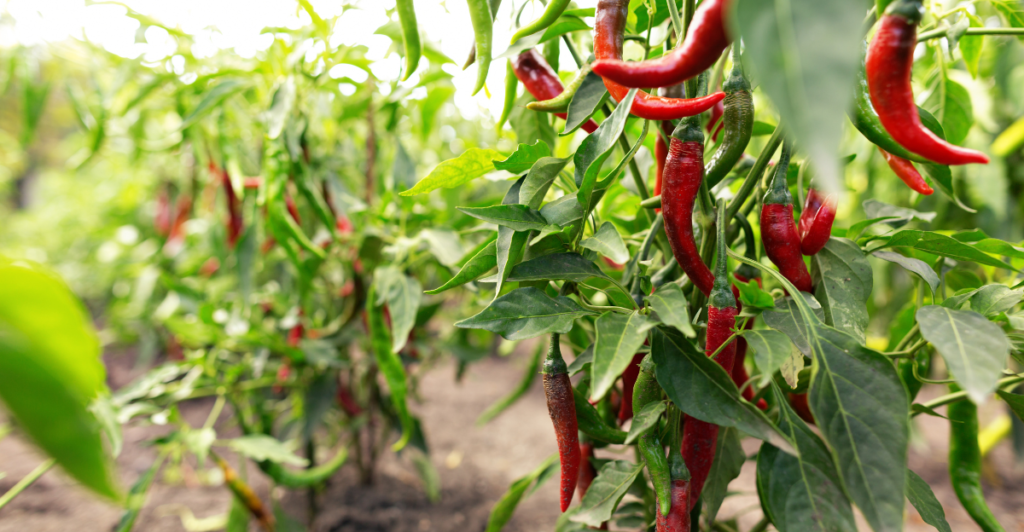
In nature, some plants grow well together, while others do not. For example, basil can improve the growth of chili plants, but fennel can hinder it. These interactions show the complex nature of plant relationships, where some plants may benefit from each other’s presence while others compete aggressively.
Implications
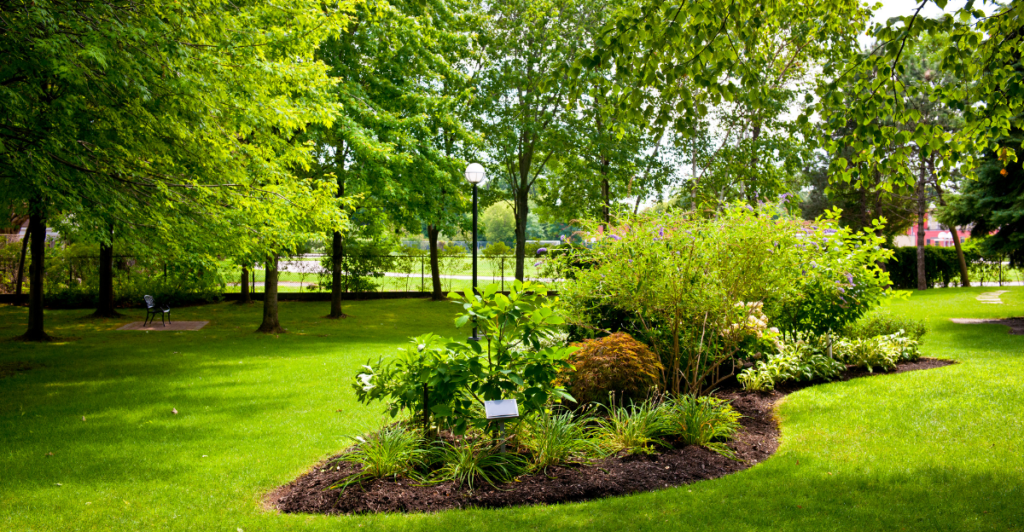
The study’s findings question the view of plant communities as cooperative and altruistic. Instead, they show a more competitive landscape where plants use communication to gain advantages over their neighbors.
Future Research Directions

Future studies could dig deeper into the mechanisms of plant deception and the role of fungi in plant communication. Understanding these dynamics could give us important insights into how we can optimize plant growth and defense strategies in agriculture.
Complex And Competitive

This recent study on plant communication shows a complex and competitive world where plants are more likely to deceive each other than help each other. This challenges our understanding of plant behavior and shows the importance of considering evolutionary pressures in plant interactions. As research continues to unveil the intricacies of plant communication, it can lead to new strategies for managing plant ecosystems and improving crop resilience.
Explore more of our trending stories and hit Follow to keep them coming to your feed!

Don’t miss out on more stories like this! Hit the Follow button at the top of this article to stay updated with the latest news. Share your thoughts in the comments—we’d love to hear from you!







